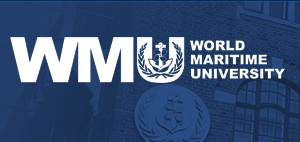Document Type
Article Restricted
Publication Date
5-8-2010
Journal Title
Ecological Economics 70 (2010) 250–260
Volume Number
70 (2010)
First Page
250
Last Page
260
Abstract
More than 80% of international trade in goods by volume is carried by sea. The shipping industry constitutes a key element in the infrastructure of the world's social metabolism. Ocean-going ships are owned and used for their trade by developed countries but are often demolished, together with their toxic materials, in developing countries. Ship breaking is the process of dismantling an obsolete vessel's structure for scrapping or disposal. The Alang–Sosiya yard (India), one of the world largest shipbreaking yards, is studied here with particular attention to toxic waste management. Ship owners and ship breakers obtain large profits dumping the environmental costs on workers, local farmers and fishers. This unequal distribution of benefits and burdens, due to an international and national uneven distribution of power, has led to an ecological distribution conflict. The controversy at the Indian Supreme Court in 2006 over the dismantling of the ocean liner ‘Blue Lady,’ shows how the different languages of valuation expressed by different social groups clashed and how a language that expresses sustainability as monetary benefit at the national scale, dominated. Shipbreaking in the developing world is not just an externality but a successful case of cost shifting, or else, profit accumulation by contamination.

